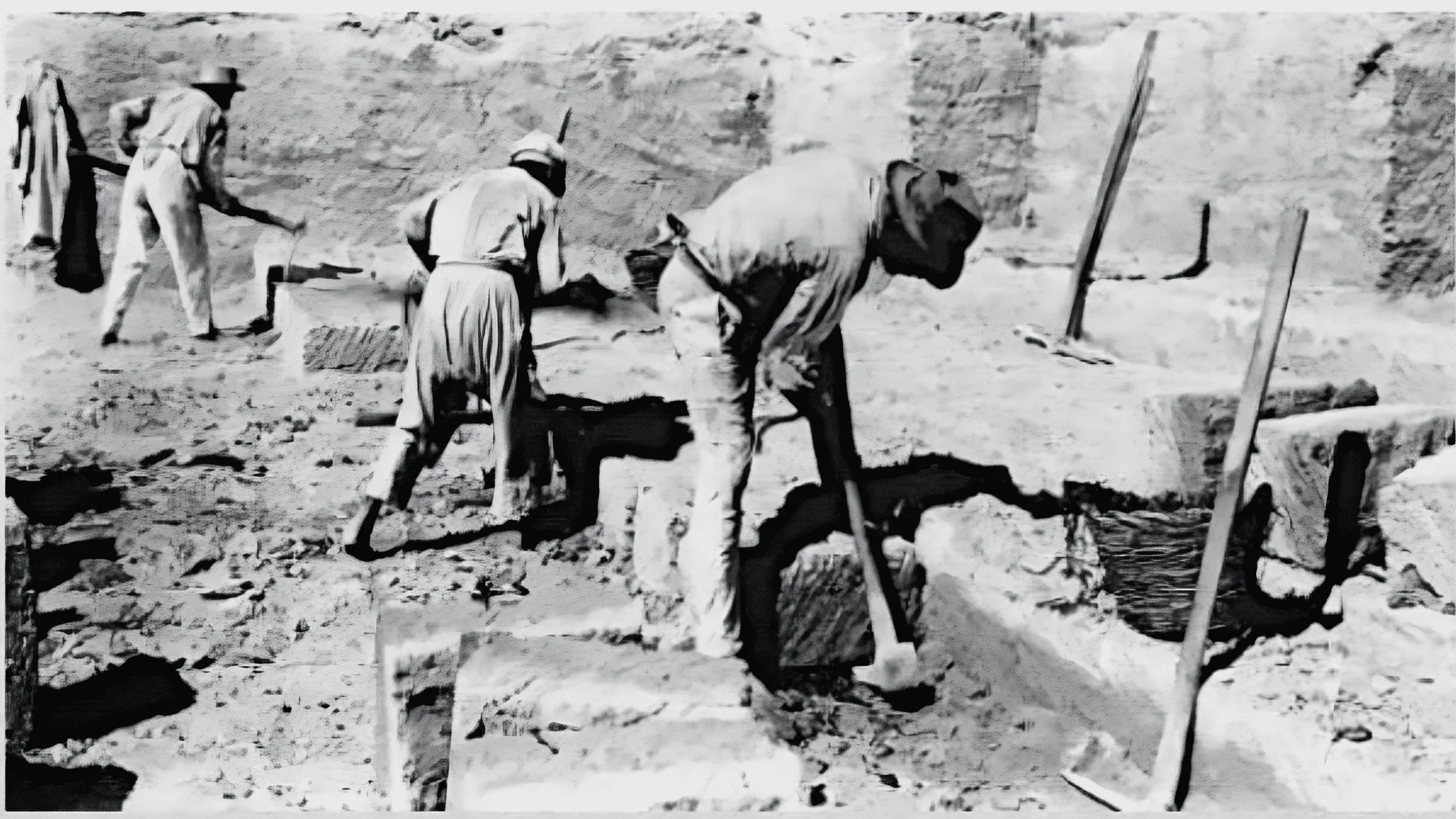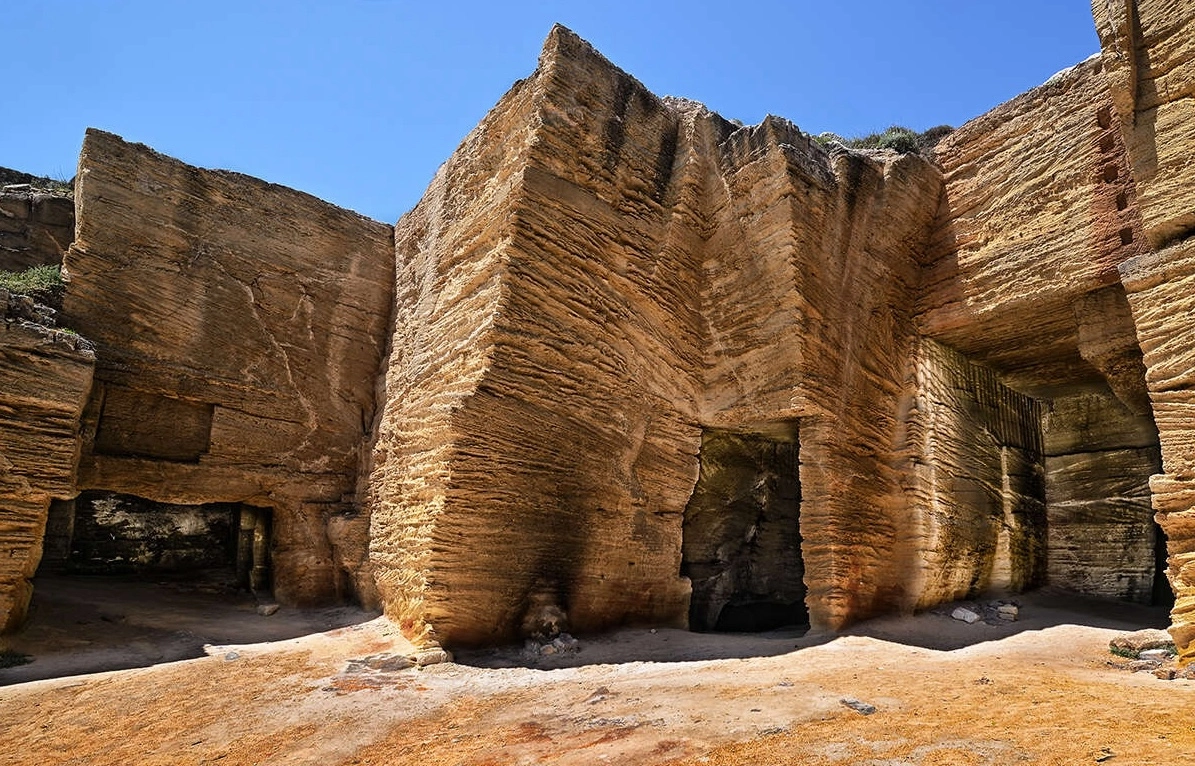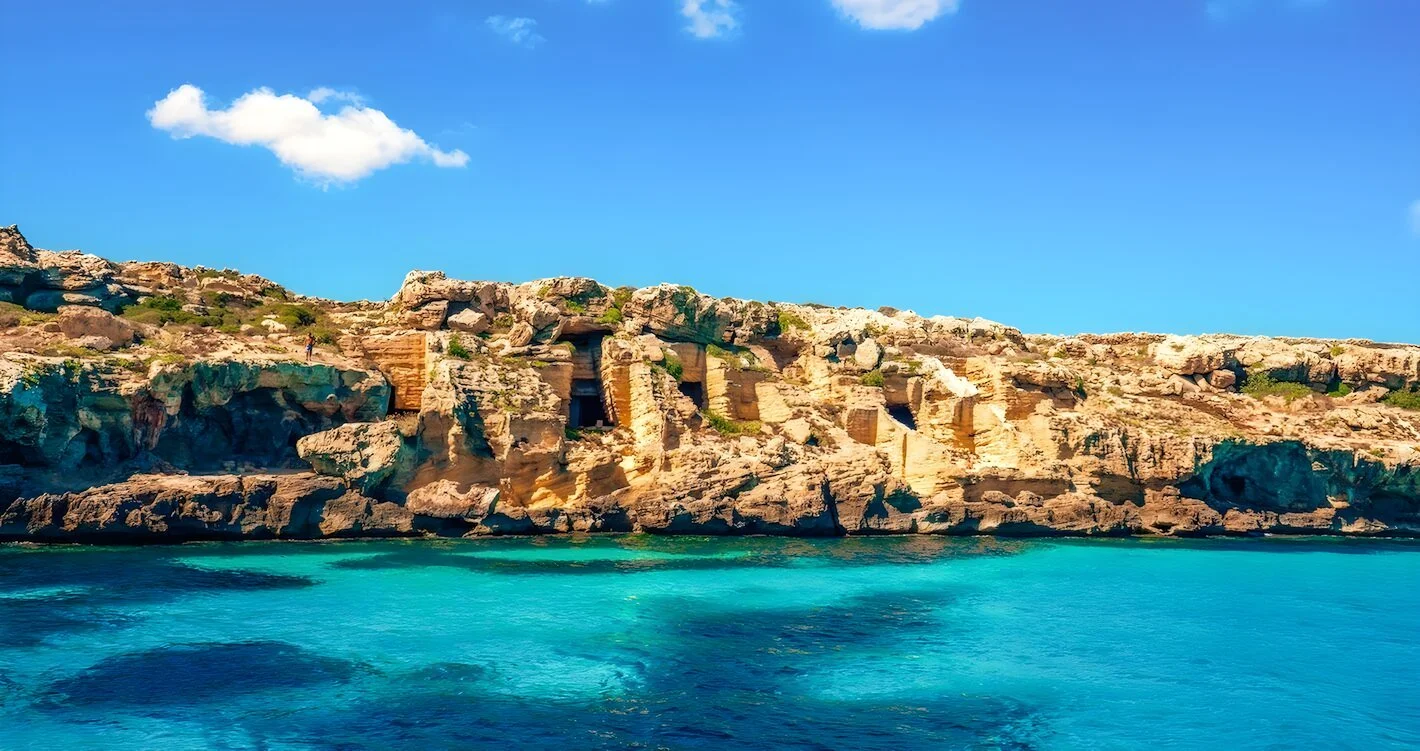
Tuff is a natural product, made up of mollusc shells and seashells. The origin of tuff is therefore connected to the sea which, during the glaciations, has covered the island at least four times, transforming the island of Favignana into a large seabed, full of algae and marine fauna.
This cycle of rising and falling sea levels has generated a layer of marine sediments of over 200 meters, composed mainly of lamellibranchs and corals, giving life to one of the most precious resources of the island: Favignana's tuff, a light, almost white and very compact calcarenite stone, already used as a building material by the Romans.
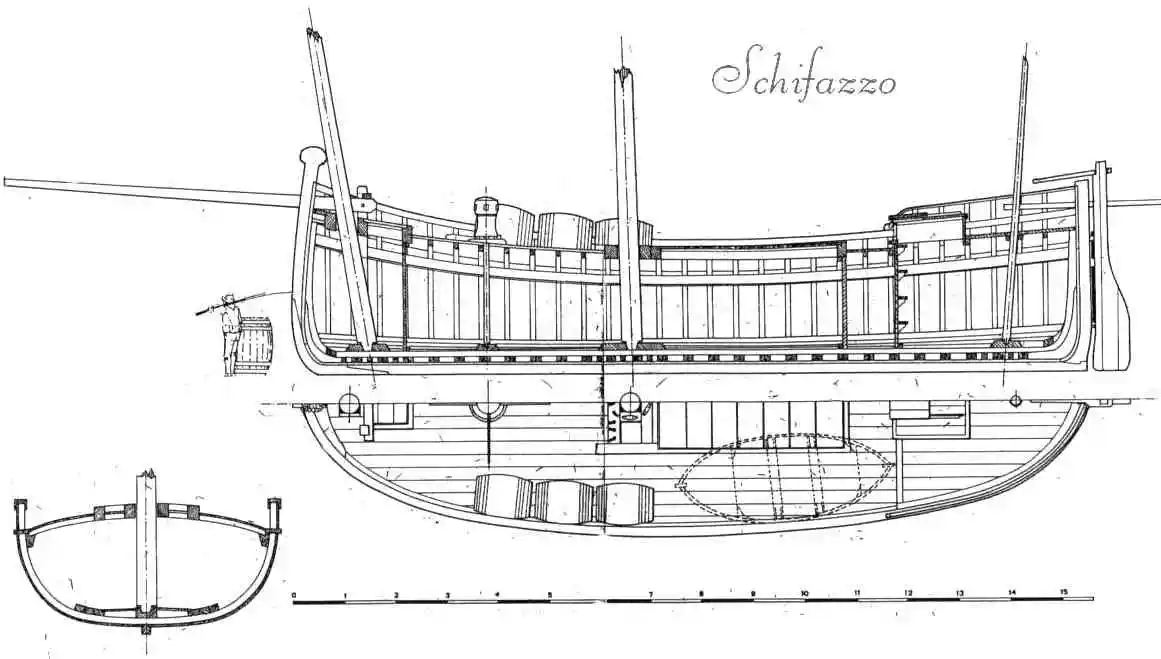
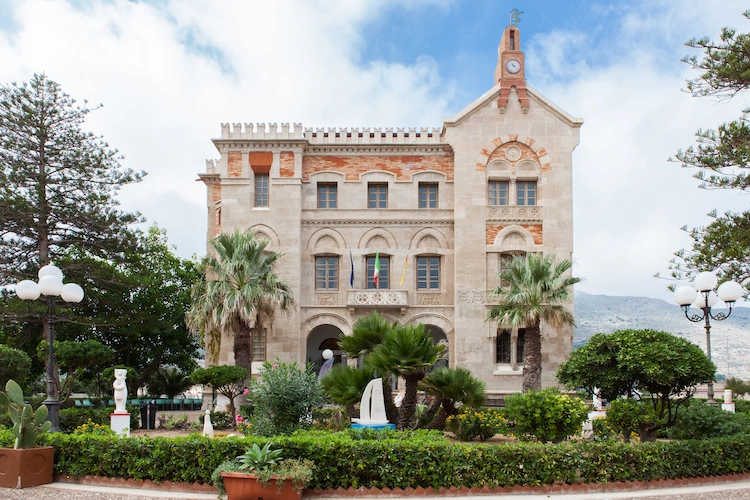
I "pirriaturi", abili scavatori locali, tagliavano il tufo con "mannara e zappuni", creando delle vere e proprie opere d'arte tagliando la roccia ortogonalmente.
The quarries were portions of land in which the "pirriaturi" eliminated the first superficial state of hard rock, bringing out the underlying tuff, which was subsequently cut into standard blocks called "cantuna", the most common measuring 25x25x50 cm.
